At the highest point of the Ribes Valley in Girona, just shy of 2000 metres above sea level and in shouting distance of the border with France, sits the mountain resort of Vall de Núria, an area of outstanding natural beauty.
Fed by the 3000 metre peaks of the Catalan Pyrenees that surround it, water flows into a lake in the valley floor from where it makes its way down the south opening gorge in a series of cascades and pools. On the lake a hotel and what’s known as ‘the sanctuary’ occupy the north shore while in the surrounding valley are picnic and camping zones, ski stations, a family activity park and a restaurant.
Pilgrims’ paradise
A place of worship and pilgrimage since the Middle Ages, there has been a place to pray and a shelter for pilgrims in Vall de Núria since the 13th century but over the years those facilities have extended. Today they have evolved into the ‘sanctuary’ which is used for retreats and Sunday worship and is still a place of pilgrimage for couples who want to conceive. According to the literature, those who pray to the cross, place their head in a pot and ring the bell are granted the gift of fertility, many of them returning to give thanks for the birth of their child.
But for the majority of visitors to Vall de Nuria, it’s the winter ski slopes and the summer walking trails that draw them to the valley.
In winter the slopes of the 3000 metre peaks that surround the valley are thick with snow providing eleven ski pistes over 7km long where you can enjoy excellent skiing and snowboarding. Once the winter snows melt and feed into the lake, the valley blossoms into a carpet of pink rhododendrons and opens up for boat rides on the lake; go-karting and pony riding and not least, spectacular walks around the forests and meadows of the peaks and down the gorge to Queralbs and Ribes following the progress of the Núria River and the railway.
Family fun
When the summer sunshine spreads across the valley, families take to the railway in their droves on weekends to spend the full day in Vall de Núria. The adventure play park includes slides, assault course, rock climbing and a Tyrolean traverse and costs €12.65 an hour. Then there’s archery, pony riding, go-karting and boating on the lake to cause havoc with decision making skills, each costing from €8 to €17 per hour. A small farm has donkeys, chickens and a Pyrenean Mountain dog to ‘ooh’ and ‘aah’ over and there’s a cable car which will take you up to the Alberg Youth Hostel and haughty views across the valley.
There are picnic zones alongside the inviting spring water canal for those who’ve arrived laden down with their cool boxes and cold meats, and there’s a large cafeteria in the sanctuary where you can get reasonably priced snacks and meals.
In the afternoon the meadows are dotted with couples and families exploring the peaks and forests on trails that criss cross the valley or just chilling out in the warm afternoon sun before taking the charismatic little train back to Ribes or Queralbs. The perfect end to a perfect day.
Walking in Vall de Nuria
There are six marked trails ranging from half a kilometre to two kilometres in length and taking from 10 to 75 minutes to complete, that circumnavigate and intersect the valley taking in spectacular views of the lake and of the gorge. One of the trails is the Camí de Les Creus (the path of the crosses) which follows the 14 Stations of the Cross – a route which traverses the eastern flank of the valley from the floor to the Alberg Youth Hostel, marked along its route with innovative monuments for each Station.
Providing a truly spectacular walk, the GR11 follows the course of the Núria River as it tumbles down the gorge. The path is steep in parts and uneven under foot but is easy to navigate and is extremely popular, particularly at weekends. Most people follow the trail for 8km to the pretty village of Queralbs where they rejoin their car, or jump on the rack train from there back to Ribes. It’s possible to continue the walk all the way to Ribes but the path is overgrown and unclear in parts and is at its most spectacular in the first, Nuria to Queralbs, stage.
Getting to Vall de Nuria
The only way to reach the Vall de Núria is on foot or by rack railway which means it’s a traffic free paradise.
Operating since 1931, the rack railway climbs 1000 metres over a distance of 12.5 kilometres from Ribes de Freser to Nuria, via Queralbs. There are large, free car parks alongside the rail station at Ribes and at Queralbs. Trains run hourly from Ribes from 08.38 to 17.38 and the journey takes 45 minutes from terminus to terminus travelling through the spectacular Núria Gorge alongside the river. Tickets are €11.60 single (€6.95 children 7-14yrs; under 6yrs free) and €18.60 return (children €11.15) in low season and €13.90 single (children €8.35) and €22.30 return (€13.35 children) in high season (weekends all year and from early July to early September).
From Queralbs, a clearly signposted path takes you up the Nuria Gorge to Núria. It’s a relentless 8km ascent, steep in parts and busy with walkers coming down, which will take you in the region of four hours depending on how fit you are. But once you reach your destination, you have everything you could need in the way of refreshments and a stunning environment in which to enjoy them before taking the train home.
Andrea (Andy) Montgomery is a freelance travel writer and co-owner of Buzz Trips and The Real Tenerife series of travel websites. Published in The Telegraph, The Independent, Wexas Traveller, Thomas Cook Travel Magazine, EasyJet Traveller Magazine, you can read her latest content on Google+

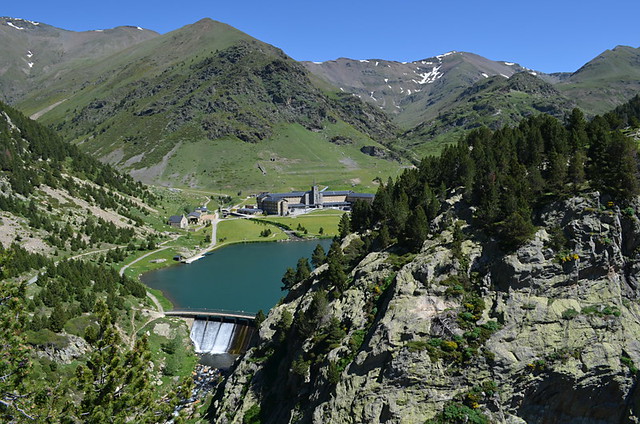
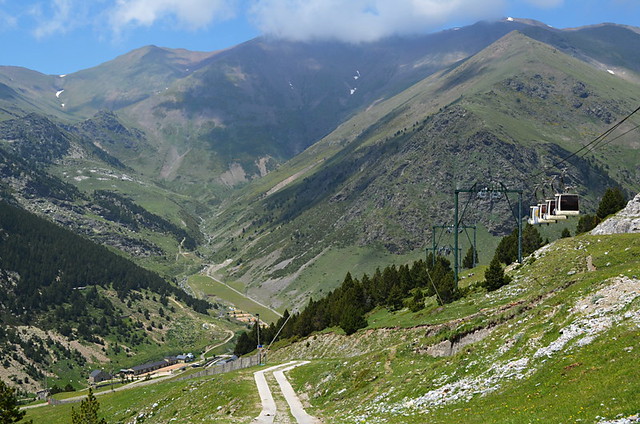
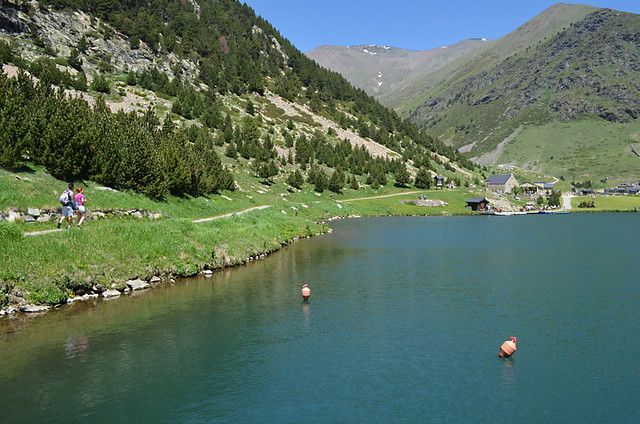
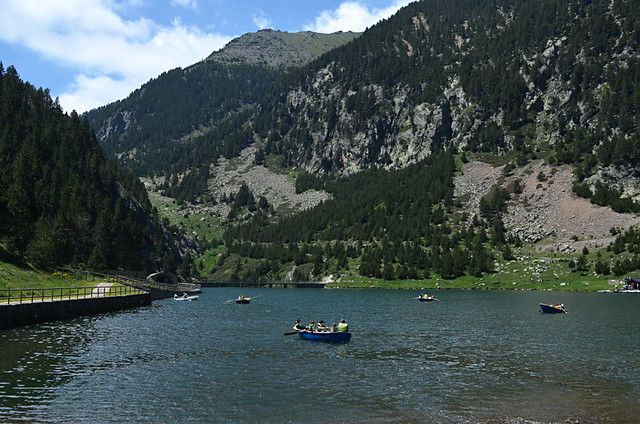
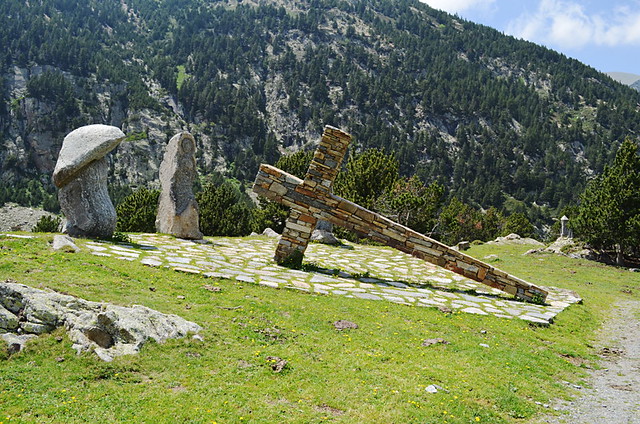

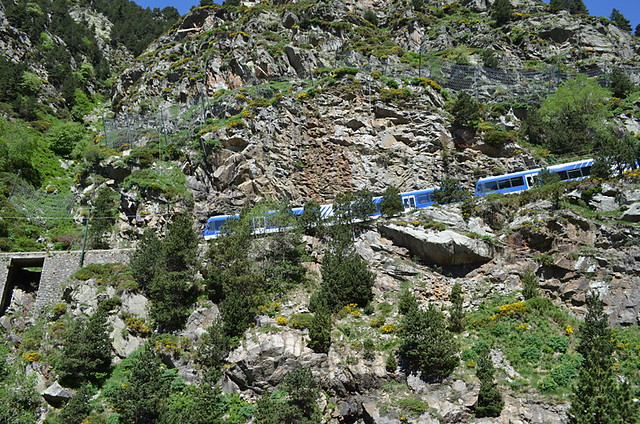


Be the first to comment